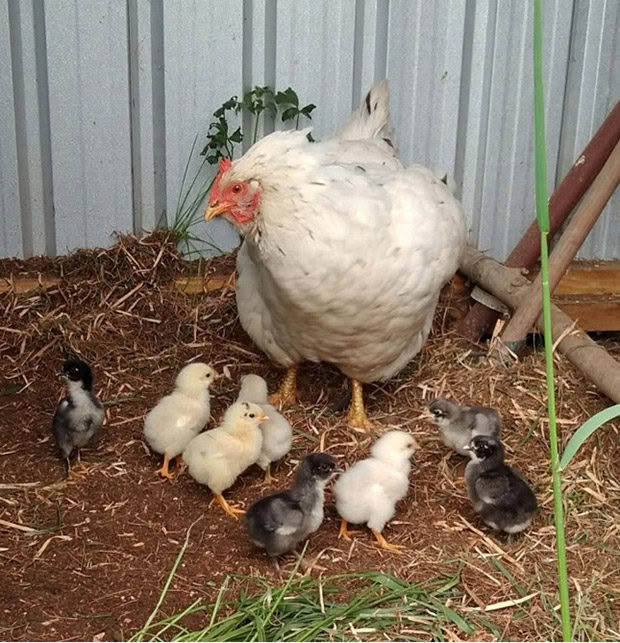Rebecca Stewart: Why small-scale sustainability is possible

It takes a village – until Rebecca Stewart suggests otherwise.
Someone recently said to me that “self-sufficiency, as such, no matter how you look at it is not possible on such a small scale. When one no longer needs to leave their property as they can make everything they need themselves – well then they could class themselves as self-sufficient.”
She was including clothes, footwear, fuel, tools, buildings, etcetera — and she is technically right.
However, self-sufficiency relates to mainly food for most people. Even British author John Seymour, the grandfather of self-sufficiency, focused primarily on the production of food in The Complete Book of Self-Sufficiency. Sure, there is a brief summary of some ‘Crafts and Skills’ at the back of the 255-page book. However, the rest is about land, caring for livestock and growing food.
Indeed, it is possible to be completely self-sufficient in food depending on what one wishes to eat and how much time and energy they are willing to put towards this goal. Meat, dairy, eggs, veges, fruit, nuts, legumes and grains are all able to be produced from a relatively small parcel of land.

Seymour seemed to think all this was achievable on as little as one acre, supplemented by bringing in some winter feed. (Though I would still say that was a very productive acre.) By raising small livestock and growing nutrient-dense food, one can feed yourself from a decent-sized section. Just simple food, meat, fruit and vegetables — do we really need more?
This is important to remember while working towards food self-sufficiency. Much of what is sold in stores is unnecessary. We are so spoiled for choice these days, yet it wasn’t that long ago that most people ate very simply.
If the goal is to become more self-sufficient, then start considering whether each potential purchase is necessary. Is it something that can be made or grown at home? This is how we can begin the journey to self-sufficiency. Because it is a journey — often a long one — but also a rewarding one.
To become self-sufficient in the wider picture of providing everything one needs would take a ‘village’ — a group of people working together to fulfil the needs of the community, such as weavers, spinners, sewers, craftspeople, millers, builders, blacksmiths etc. Otherwise, it would require a return to subsistent living, existing so simply on the land that many of todays ‘needs’ no longer apply.
So, I guess the question is what does one really need for their life?

We are homesteaders; our home is the heart of our property, the place where we make, create and learn. We embrace self-reliance and the self-sufficient mindset.
We believe in learning all that we can to create a closed loop system on our land. Closed loop means to be non-reliant on outside inputs to keep the property functioning. It may take a while especially as we plan on growing our own fence posts and establishing more woodlots and nut groves — these are projects which can’t be hurried.
Until then we will have access to the wider ‘village’ for our extra needs, but the point is that we understand how to create our systems and what our homegrown alternatives are. The more we learn, the more adaptable and self-reliant we become.
The more closed loop systems we create on our land the less we need the ‘village’ and the closer we are to complete self-sufficiency.
ABOUT REBECCA
In 2020, Rebecca and David Stewart subdivided and sold their block in a tiny Manawatu village in order to create a more self-sufficient way of life. Choosing to buy 6ha (14.8 acres) of land, most of it in pines in a remote corner of King Country, meant no mortgage and treasured financial independence. The distance doesn’t stop Rebecca from running the increasingly popular Homesteading New Zealand group on Facebook. She also posts regular updates on their farm’s transformation to its own page, Fodder Farm. Read more about their journey here, and visit thisnzlife.co.nz every month for the latest from their slice of New Zealand.

